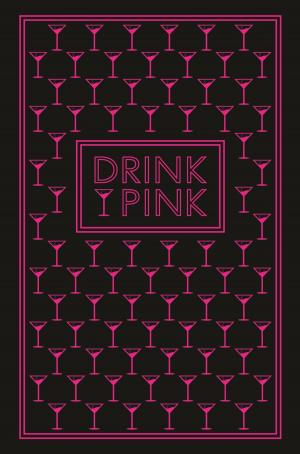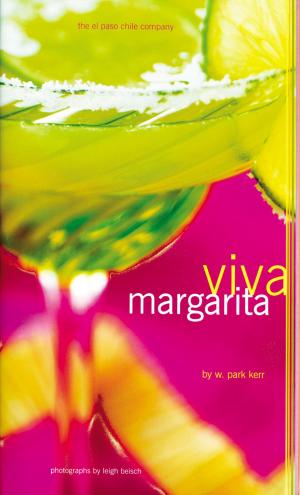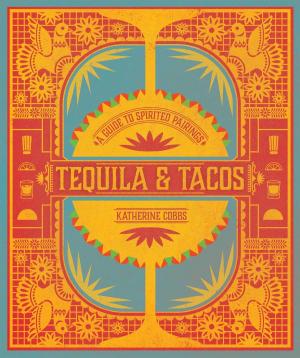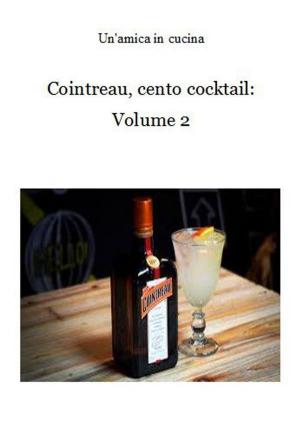Honey Wine, Mead Making, the Ancient Art of the Maeve
Nonfiction, Food & Drink, Beverages, Wine & Spirits| Author: | Leland Hoburg | ISBN: | 9781301932764 |
| Publisher: | Leland Hoburg | Publication: | May 20, 2013 |
| Imprint: | Smashwords Edition | Language: | English |
| Author: | Leland Hoburg |
| ISBN: | 9781301932764 |
| Publisher: | Leland Hoburg |
| Publication: | May 20, 2013 |
| Imprint: | Smashwords Edition |
| Language: | English |
Many years ago when I first started to dabble into home brewing, finding resources and equipment meant talking to a guy who knew a guy who knew a guy who knew where you might find what you needed. Eventually I found where the local homebrewing shoppe was located and made my first foray for enlightenment. Luckily for me I had done some research on the subject because the clerk at the brew shop was just that, a clerk who would sell you whatever you wanted to buy but could not tell you how to use it. Thankfully, my SCA friends offered some tips and advice and I made my first batch. My first decision was “is it going to be beer or wine (of which mead technically is)?”
This was actually an easy choice, wines then eventually mead. Why? I wanted to do small batches and most beer recipes are for at least five gallons (40 pints) which is more beer then I can drink or give away in a reasonable amount of time. Even though wine takes longer to ferment, three months to a year as opposed to four to eight weeks for beer, it is easier to make a gallon batch of wine, just have patience.
No matter which way you go, beer, or wine, the startup cost is about the same at the five-gallon batch mark, and not much less for smaller batch production. The equipment is pretty much the same: no rinse one step cleaner sanitizer, primary fermentation vessel, secondary fermentation container (carboy), bottles, bottling equipment, fermentation locks, cook pot, tubing, and auto siphon; all of which cost me around fifty dollars.
Another driving factor in starting homebrewing was purely an expense issue, for (at the time I started) you could make five gallons of beer or a gallon of wine/mead for about fifteen dollars and add in the fact it was something you made you were already starting to save money. Even today for small batch processing, beyond the initial investment of equipment, your marginal cost goes down for the more you make considering a batch of basic mead is honey, water, and yeast.
Many years ago when I first started to dabble into home brewing, finding resources and equipment meant talking to a guy who knew a guy who knew a guy who knew where you might find what you needed. Eventually I found where the local homebrewing shoppe was located and made my first foray for enlightenment. Luckily for me I had done some research on the subject because the clerk at the brew shop was just that, a clerk who would sell you whatever you wanted to buy but could not tell you how to use it. Thankfully, my SCA friends offered some tips and advice and I made my first batch. My first decision was “is it going to be beer or wine (of which mead technically is)?”
This was actually an easy choice, wines then eventually mead. Why? I wanted to do small batches and most beer recipes are for at least five gallons (40 pints) which is more beer then I can drink or give away in a reasonable amount of time. Even though wine takes longer to ferment, three months to a year as opposed to four to eight weeks for beer, it is easier to make a gallon batch of wine, just have patience.
No matter which way you go, beer, or wine, the startup cost is about the same at the five-gallon batch mark, and not much less for smaller batch production. The equipment is pretty much the same: no rinse one step cleaner sanitizer, primary fermentation vessel, secondary fermentation container (carboy), bottles, bottling equipment, fermentation locks, cook pot, tubing, and auto siphon; all of which cost me around fifty dollars.
Another driving factor in starting homebrewing was purely an expense issue, for (at the time I started) you could make five gallons of beer or a gallon of wine/mead for about fifteen dollars and add in the fact it was something you made you were already starting to save money. Even today for small batch processing, beyond the initial investment of equipment, your marginal cost goes down for the more you make considering a batch of basic mead is honey, water, and yeast.















